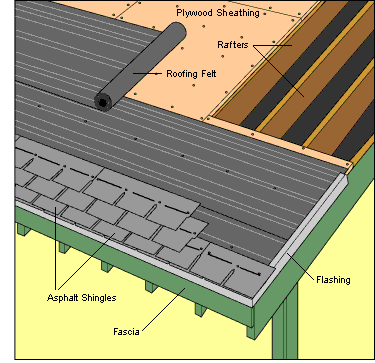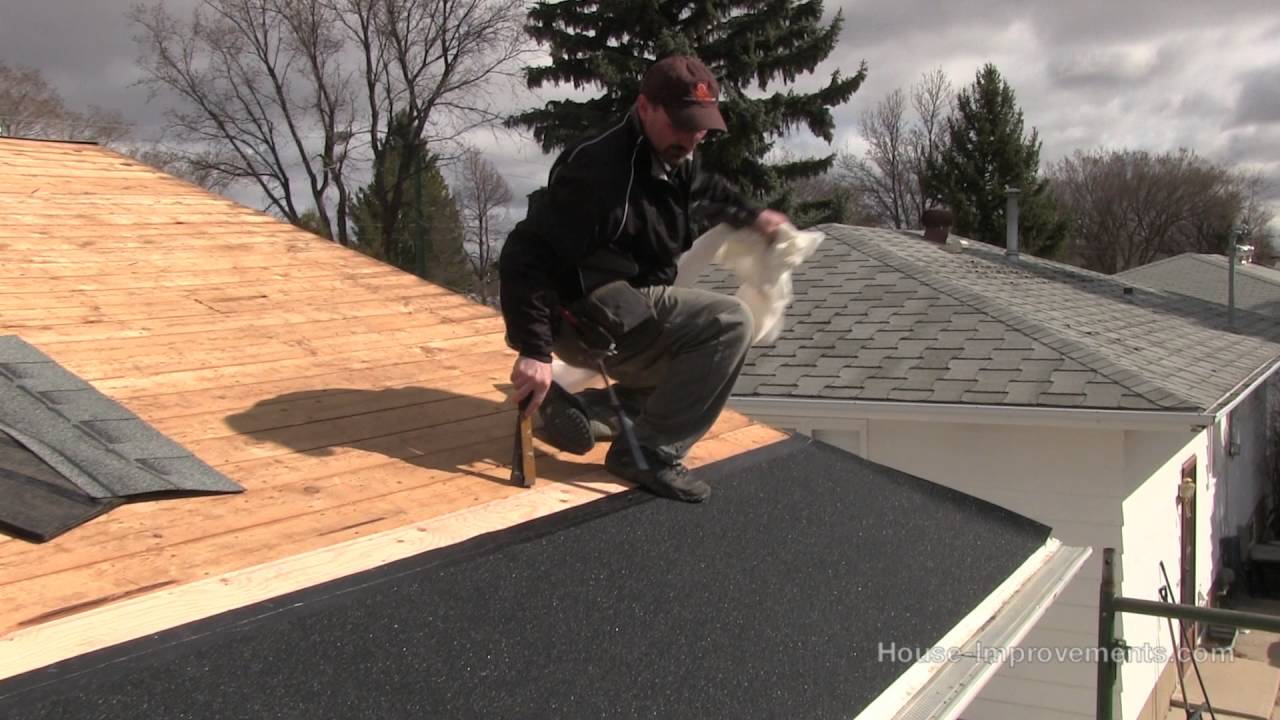How to Shingle a Roof
Shingling a roof might seem intimidating, but with the right knowledge and tools, it can be achieved successfully. In this guide, we will explore effective techniques and smart tips for correctly installing asphalt shingles. Understanding roof preparation steps, selecting quality shingles, and knowing the significance of roof ventilation will lead to a durable and aesthetically pleasing roof.

Preparation for Asphalt Shingles Installation
Before diving into asphalt shingles installation, proper preparation is critical. Start by inspecting the existing roof for any damage that may require repairs. This includes checking for leaks and wear. Ensure to remove old shingles if necessary, as this can lead to better adherence of new shingles. Additionally, the preparation phase involves choosing roofing nails that can secure your shingles effectively.
Roofing Underlayment Types
One of the forgotten steps in laying shingles correctly is installing the right roofing underlayment types. This barrier serves multiple functions: it prevents moisture infiltration, controls condensation, and provides an additional layer for roof insulation. Common types include felt, synthetic, and self-adhering membranes. Each type has its strengths and weaknesses, and selecting the right one based on your climate will enhance the longevity of your roof.
Importance of Roof Ventilation
Roof ventilation importance cannot be overstated. Proper ventilation helps regulate the temperature in the attic, preventing heat build-up which can damage shingles and reduce their lifespan. Ensuring adequate airflow will not only protect your roof but also improve overall energy efficiency within your home.
Identifying and Managing Roofing Materials
Understanding types of roofing materials available is essential for choosing the best shingles for your house. While asphalt shingles are the most popular, there are several other options like wood shakes, metal, or tile. Researching each type’s longevity, appearance, and maintenance requirements is crucial. Choose materials based on your local climate, budget, and desired aesthetic effect.
Shingle Longevity Tips
If you aim for long-lasting results, focus on shingle longevity tips. Regular maintenance plays a significant role in extending your roof’s life. This includes seasonal inspections for damage, cleaning gutters to prevent water backlog, and applying roofing sealant when needed. Addressing minor issues promptly can prevent larger, costlier problems in the future.
Installing Ridge Cap Shingles Properly
Finalizing the roof involves careful installing ridge cap shingles. These are critical for sealing the peak of your roof where two slopes meet. Align them properly and ensure even nail spacing to prevent water infiltration. Ridge cap shingles provide both protection and completion to your roof’s overall aesthetic.
Best Practices for Shingle Installation
To achieve success in shingle installation methods, adhere to best practices. Start with a solid layout plan, taking accurate measurements to ensure even coverage. Harness the shingle exposure measurement technique for uniform aesthetics. Ensure the application is in line with the manufacturer’s guidelines, particularly regarding nail spacing and other installation specifics.
Common Roofing Mistakes
Avoiding common roofing mistakes is crucial for ensuring quality work. Some prevalent issues include over-nailing, not aligning shingles correctly, and neglecting necessary underlayment. When in doubt, refer to professional resources or consult with a contractor to prevent costly missteps.
Tools for Roof Repair
Utilizing the right shingle installation tools makes the job easier and enhances safety. Essential tools include a roofing nail gun, ladders, utility knives, and safety gear like harnesses and goggles. Having the proper equipment streamlines the installation process, resulting in a smoother workflow.
Post-Installation Considerations
After completing your asphalt shingle installation, it is vital to carry out regular maintenance checks. Establish a roof maintenance schedule to inspect and clean debris from your roof regularly. This proactive approach can save you from more extensive repairs down the line.
Repairing Roof Leaks Effectively
Knowing the basic techniques for repairing roof leaks can be invaluable. Locate areas showing signs of moisture or damage and apply roofing sealant where needed. If leaks persist, it may be a sign of underlying issues in the installation or underlying structure that require professional evaluation.
Environmental Considerations for Roofing
Considering environmental considerations for roofing is increasingly important. Opt for eco-friendly materials and recycling options to minimize waste. Innovations such as reflective shingles can also help in conserving energy by reducing heat absorption, which is beneficial for both the environment and your utility bills.
Key Takeaways
- Proper preparation is vital for successful shingling.
- Select quality materials and appropriate underlayment for better longevity.
- Understanding ventilation can enhance energy efficiency.
- Maintain a consistent maintenance schedule to avoid costly repairs.
- Learn about common mistakes to ensure a successful project.
FAQ
1. What is the best method for laying shingles?
The best method for laying shingles involves carefully measuring the roof, planning the layout, and installing the roofing underlayment types first. Adhering to manufacturer specifications on nail spacing for shingles ensures a tight and weatherproof installation.
2. How can I effectively deal with roof pests?
To deal with roof pests, inspect the area regularly and maintain a clean roof surface to avoid attracting unwelcome critters. Utilize environmental solutions such as traps and natural repellents, while ensuring your roofing structure is secure against pest infiltration.
3. When should I consider replacing my existing roof?
Consider replacing your existing roof when you notice significant wear, leaks, or extensive shingle damage. Additionally, if your roof has surpassed its expected lifespan of about 20 years, it may be wise to evaluate for a new installation.
4. What should I see on a roof inspection checklist?
A reliable roof inspection checklist should include items like checking for broken shingles, assessing flashing integrity, examining gutters, evaluating the underlayment, and inspecting for proper ventilation and no signs of sagging.
5. Can installing shingles be a DIY project?
Yes, installing shingles can be a DIY project if you possess the right tools, knowledge, and safety gear. However, assessing your own skill level is important; for more complex roofs or a lack of confidence, hiring a professional could save you time and potential mistakes.
